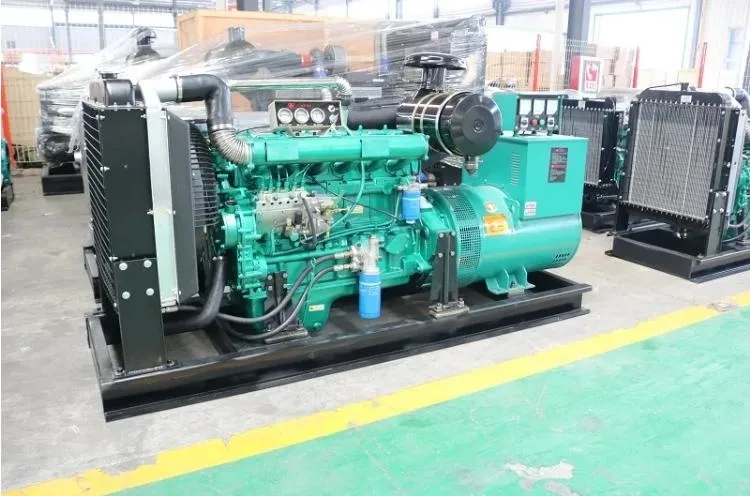Introduction
Diesel generators play a crucial role in providing backup power in situations where the grid fails to supply electricity. These generators are not only used for standalone power generation but can also be synchronized with the grid to ensure a seamless transition between grid power and backup power. In this article, we will delve into the details of diesel generators, their synchronization with the grid, and the benefits of this synchronization.
Overview of Diesel Generators
Diesel generators are a type of internal combustion engine that converts diesel fuel into mechanical energy, which is then converted into electrical energy through an alternator. These generators are widely used in various applications, including residential, commercial, industrial, and even in remote locations where grid power is not available.

Diesel generators are known for their reliability, durability, and efficiency, making them a popular choice for backup power generation. They are capable of providing a continuous power supply for an extended period, making them ideal for critical applications where uninterrupted power is essential.
Synchronization with the Grid
Synchronizing a diesel generator with the grid involves connecting the generator to the grid and ensuring that the two power sources are operating in phase with each other. This synchronization is crucial to ensure a smooth transfer of power between the grid and the generator without causing any disruptions to the connected loads.
There are several methods used to synchronize a diesel generator with the grid, including manual synchronization, automatic synchronization, and semi-automatic synchronization. Each method has its advantages and disadvantages, depending on the specific requirements of the application.
Manual synchronization involves manually adjusting the speed and phase of the generator to match that of the grid before closing the circuit breaker to connect the generator to the grid. This method requires skilled operators and is more suitable for smaller installations where manual intervention is feasible.
Automatic synchronization, on the other hand, uses electronic devices to monitor the frequency and voltage of the generator and the grid, automatically adjusting the speed and phase of the generator to synchronize it with the grid. This method is more reliable and efficient, making it ideal for larger installations where quick and accurate synchronization is essential.
Semi-automatic synchronization combines the benefits of both manual and automatic synchronization, allowing operators to manually adjust the synchronization parameters while providing automated assistance to ensure proper synchronization. This method is commonly used in medium-sized installations where a balance between manual control and automation is required.
Benefits of Synchronization
Synchronizing a diesel generator with the grid offers several benefits, including:
1. 300kw diesel generator : Synchronization ensures a smooth transfer of power between the grid and the generator, minimizing disruptions to the connected loads during power outages.
2. Increased Efficiency: Synchronized generators can operate in parallel with the grid, allowing them to share the load and operate at optimal efficiency levels. This can result in fuel savings and reduced maintenance costs in the long run.
3. Load Sharing: Synchronized generators can be used to support the grid during peak demand periods, helping to balance the load and improve overall grid stability.
4. Redundancy: Synchronized generators provide an additional layer of redundancy in the event of grid failures, ensuring that critical loads are always supplied with power.
5. Voltage and Frequency Regulation: Synchronized generators can help regulate voltage and frequency fluctuations on the grid, improving power quality and stability.
Conclusion
Diesel generators play a vital role in providing backup power in various applications, and their synchronization with the grid offers numerous benefits in terms of efficiency, reliability, and flexibility. By understanding the intricacies of diesel generator synchronization and implementing the appropriate synchronization methods, operators can ensure a seamless transition between grid power and backup power, ultimately improving the overall reliability of the power supply system.
